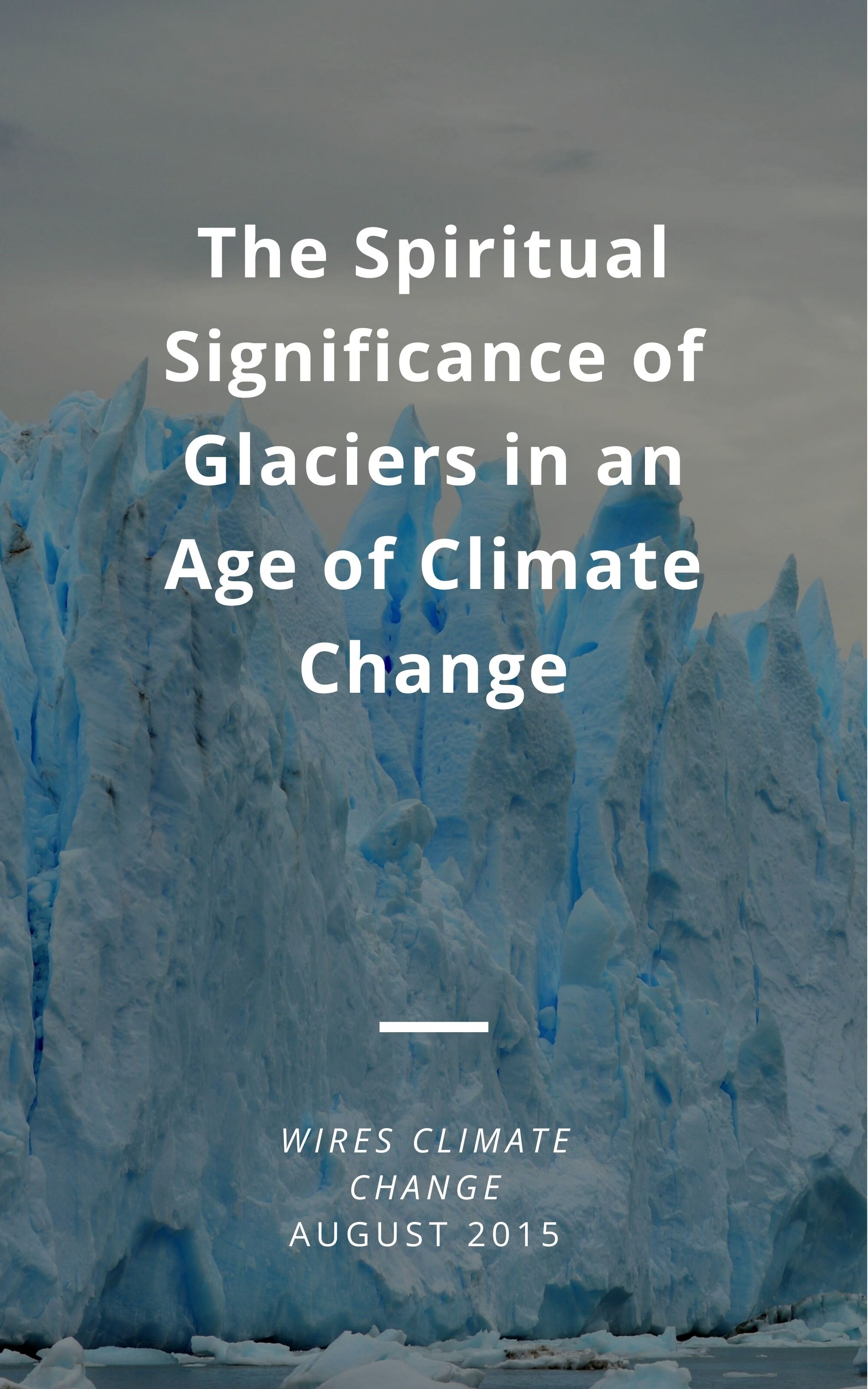My research explores the intersection of the world’s religious traditions with environmental policy and practice.

Contrary to the expectations of the “secularization hypothesis,” religion has not declined in the technological age, and thus remains a vital variable for understanding socio-ecological dilemmas.
I use qualitative social science methods, such as critical ethnography, case studies, environmental histories, and interviewing. I seek to understand how people derive and create meaning in relation to their surrounding environments. I explore how these meanings reflect, challenge, or resonate with received or novel religious teachings and institutions, and how such processes of meaning-making simultaneously create particular types of socio-natural places.
Specifically, I explore how small-scale, rural, and subsistence-based communities attribute noneconomic values to various aspects of the landscape, and how related perceptions and practices engage with, contribute to, or impede environmental degradation at the local, regional, state, and global levels. This approach challenges the fact/ value distinction that places ecological science in the realm of quantitative and confirmable science, and values and morality in the voluntarist, subjective realm.
FEATURED TOPICSResearch, Articles & Public Lectures
The Coronavirus-Induced Great Lull is a Dress Rehearsal for Addressing Climate Change
Rarely does one get a reprieve before encountering a big test, but this is exactly what the coronavirus pandemic offers humanity as we struggle to address climate change.
Mountains of Memory: Confronting Climate Change in Sacred Mountain Landscapes
Mountains and glaciers are sites of powerful sacred and symbolic meanings for local communities around the world. In sacred mountain landscapes, religious practices address the observed changes in the landscape that have arisen as a consequence of climate change. Both religious rituals and glacial landscapes are holders of collective memory – and the degradation of mountain landscapes represents a ‘dis-membering’ of the human community from the larger Earth community.
The Spiritual Significance of Glaciers in an Age of Climate Change
Glaciers, as dominant features of high mountain landscapes, are sites of easily observable consequences of climate change, grounding the consequences of distant carbon emissions in material surroundings. They are also sites of powerful sacred and symbolic meanings for local communities. This review examines three instances of glacial decline in sacred mountain landscapes, in the Peruvian Andes, the Nepalese Himalaya, and the Meili Snow Mountains of Yunnan, China. These examples show that glacial decline is not simply a material process, but also has important implications for the ways that local people understand themselves and make meaning in relation to their surroundings.
READY TO COLLABORATE?


